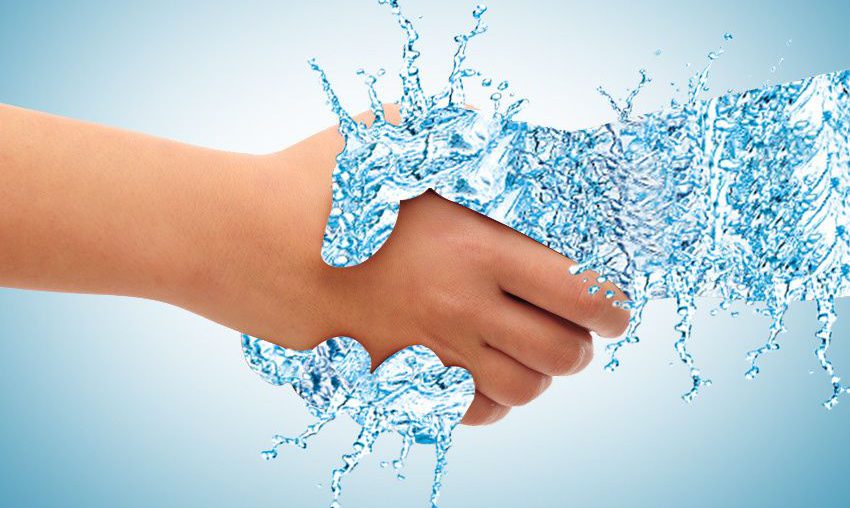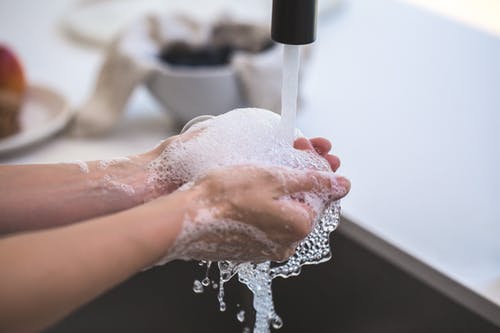Solutions

What do you want to solve?
We believe that access to clean & safe water is the most effective and powerful way to ensure sustainable community development around the world. Giving simple and best solutions to people which can be implement very practically is the best thing we can do to protect the entire water system and the health of the entire organisms on planet earth.
How many drops make up an ocean? Conserve water; every drop counts.
If we don’t learn to conserve, we’ll all be fish out of water.
A drop of water is worth more than a sack of gold to a thirsty man.
Solution 1:Use of filtration methods
Filtration, Ultraviolet Sterilization (UV), Ozonation, Nano filtration, Ultra Filtration, Reverse Osmosis, De-salination are some of the treatment methods. There are many filtration methods have been created by various organizations in the world and people can purchase according to affordable price. World Health Organization has published the parameters of the water for the suitable drinking water. Any person can test their water by using these standards and they can select treatment methods according to water analysis report.
Solution 2:Capture and disposal of airborne pollutants in waterways
Floating pollutants can be contained and recovered relatively easily using a floating boom. The boom is designed to act as a barrier to airborne water pollution. Floating material can be contained, deflected, or eliminated, depending on how the boom is mounted. There is a boom in managing and disposing of almost all airborne pollutants in manageable locations, from garbage and seaweed to oil. There are many ways to use booms, but they generally fall into one of two categories: debris booms and oil booms.
Solution 3:Capture and filter water containing waterway deposits
Coastline construction projects disrupt and expose soil, creating a situation where exposed soil is washed away into nearby waters. This produces (turbid) water containing turbid sediments, which has a significant negative impact on the marine environment. It harms all aquatic life in the area, including plants, fish, insects and animals. Muddy water can also be caused by events that stir the sediments on the seafloor. For example, pipes and streams released into waters at high speeds stir floor sediments and create turbidity. Dredging and underwater construction projects (dock construction, power line pylon, etc.) also generate turbid water that needs to be managed. Turbidity barriers are the most common solution for controlling sediment-filled water (also known as silt curtains). They are floating barriers designed to contain turbid water, allowing sediment to settle in the contained area.

Sanitation
“Sanitation is firstly about human behaviour; and to be successful, systems need to prioritise such things as affordability, comfort, dignity, privacy, odour control, ease of cleaning and user acceptance by men, women, elderly and children. To be sustainable, sanitation systems must build in all these aspects.“ (Arno Rosemarin, Sanitation Now 2008)
Sanitation Is:
Development and establishment of environmental conditions favorable to public health.

Solutions for Sanitation
Poor hygiene can lead to transmission of diseases such as cholera, diarrhea, dysentery, hepatitis A, typhoid fever, and polio, which can exacerbate stunting. Poor hygiene reduces human well-being, social and economic development due to the effects of anxiety, the risk of sexual assault, and the loss of educational opportunities.
Packet Latrines
Individual, single-use biodegradable bags for point-of-use sanitation that are buried or properly disposed:Bags typically inside reusable buckets
Brand names: Peepoople, Wagbag
Bucket Latrines or Elevated Toilets
Elevated temporary structure over large container or tank that can be lined with large, replaceable plastic bag.Large containers typically easily procured
Suitable for sites where digging of latrines is not feasible or suitable.
Well suited to areas with high water table or where flooding occurs.
Larger tank requires less frequent emptying.
Chemical Toilets
A portable prefabricated sanitary unit with a watertight excrement retention tank containing a chemical solution to aid digestion and reduce odor.Portable.
Hygienic.
Minimize odor.
Can be mobilized rapidly.
Demonstrated success in the Dominican Republic 2003 flooding.
Well suited to areas with high water table or where flooding occurs.
Promote good sanitation habits through education.
“We must remember that the soap will finish, but the education we provide to children will never end.”
Pathogens derived from faeces can be transmitted from an infected host to a new host in a variety of ways. Therefore, it is very important to promote practices that can prevent the transmission of pathogens that cause diarrhea. These practices include washing hands with soap, handling food properly, and purifying water. The incidence of diarrhea can be dramatically reduced if proper hygiene is available and hygienic behavior is improved. Improvements can be expected in other areas, such as a cleaner environment, safer water and food, better nutrition and thus improved learning for school children, and improved dignity and privacy for all, especially women.